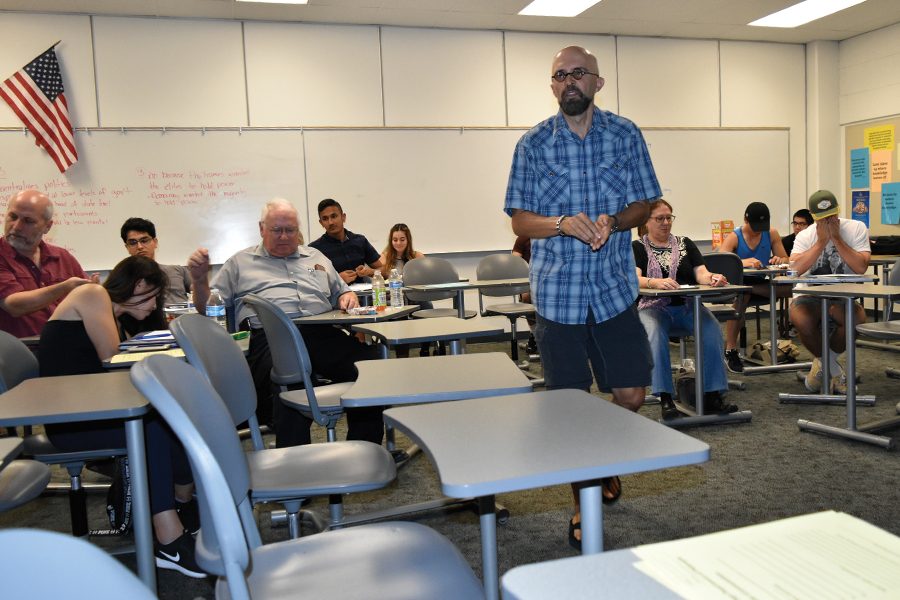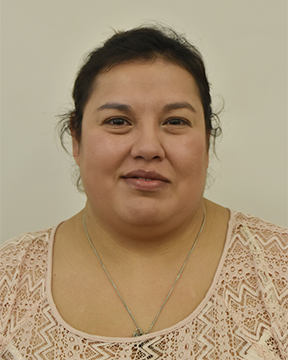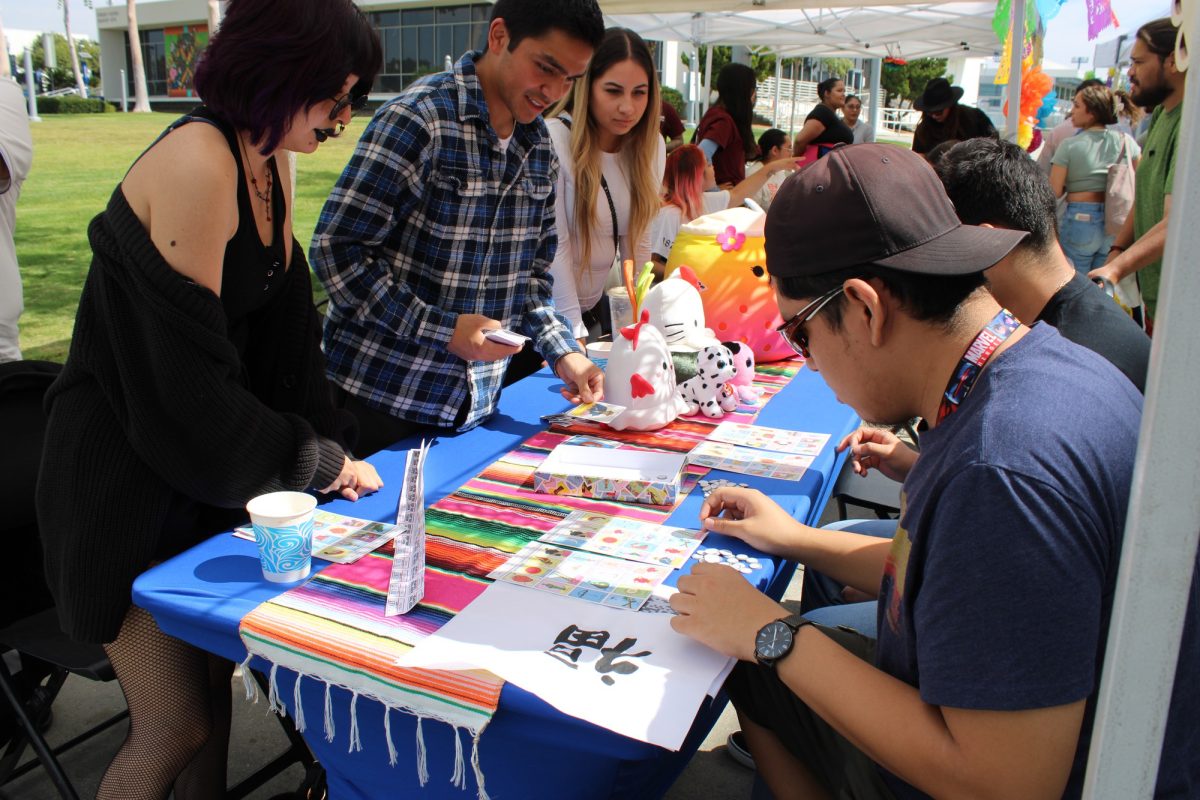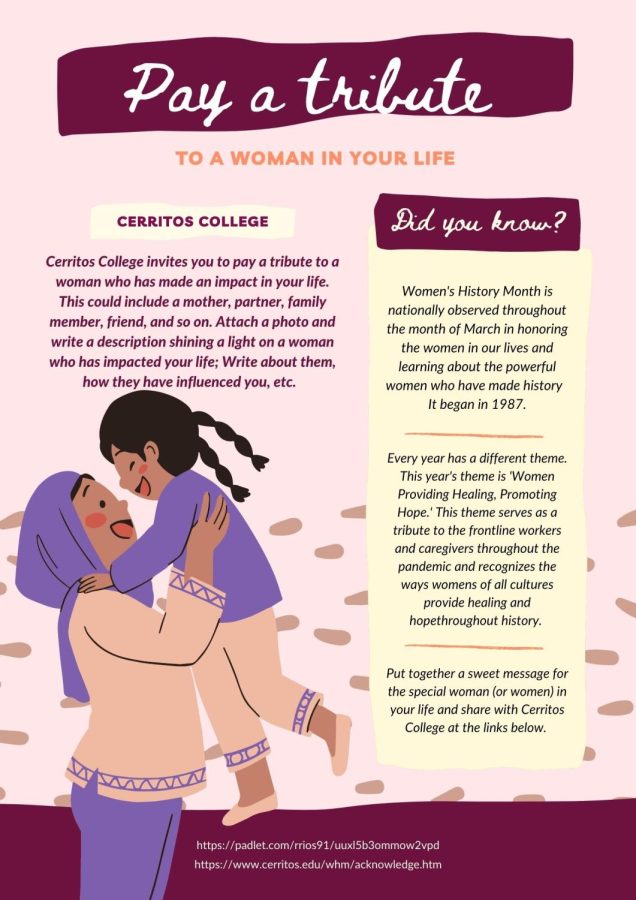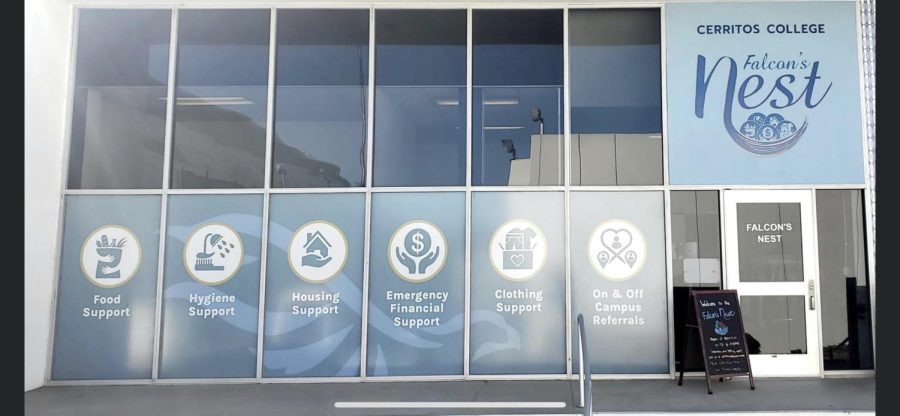The Philosophy Club’s presentation on critical thinking and the environment provided chemistry major Raymond Guzman with new information that helped him enhance his opinions on the environment.
Guzman said, “I had my own opinion before but, this [the presentation] really enhanced my opinion and gave me more knowledge that I didn’t know that I necessarily needed but wanted.”
The presentation was given on Tuesday Sept. 27 by philosophy professor Greg Spooner, who incorporated his expertise on philosophy of science and science vs pseudoscience to the topic of the environment.
He said, “This entire semester [the philosophy club] has tried to have a theme and have every talk dealing with the environment and philosophy of science is my area of expertise in particular science vs pseudoscience so I tried to take [the presentation] in that direction.”
His presentation focused on how science is used to learn about the environment.
One of his main points was the use of “cargo cult science” a term that was coined by Richard Feynman and pseudoscience to misinform the public on issues like global warming, and the harm caused by the atrazine pesticide.
Another part of the presentation was to demonstrate how statistical evidence can be manipulated to prove the result you want.
Spooner had the 25 people in attendance, 21 students and four faculty members flip a coin 10 times and write down the results.
Heads represented a pesticide test showing no harmful effects on frogs and tails represented the same pesticide showing harmful effects on frogs.
After people had their results, he told the audience to forget about tails since companies looking to prove no harmful effects caused on frogs can choose to ignore those results and solely focus on the results they want.
He continued to tally the number of times each person had heads as a result and created a bar graph that showed a normal distribution curve. He then explained that someone who got heads twice out of ten times showed the pesticide was not harmful 20 percent of the time a result that would suggest that it is harmful the other 80 percent of the time.
On the other hand, the person that got heads as a result seven times would show that the pesticide was not harmful 70 percent of the time. That 70 percent result is what big companies focus on and publish to make their products look good.
He also explained that companies have figured out that more studies with smaller sample sizes for their research makes it easier to pick and choose the results they want.
For example large rich companies would rather pay for 100 studies each with 100 samples than to pay for 10 studies each with 1000 samples so they can have 100 studies to choose from and publish.
Spooner also noted that many research reports go unpublished because companies are not required to publish every test that they do.
He mentioned the documentary “Merchants of Doubt,” which shows how the tobacco companies manipulated research and the public to show that smoking and cancer had no causation.
He also mentioned that a possible solution to the manipulation of research would be to follow in the Alltrials campaign footsteps and request that all research studies be registered and all findings published online.
Guzman thought the presentation was interesting and knowing there were people willing to harm the environment and other people for money made him be want to “surround himself with opposition [to the people who do harm to the environment].”
He also encouraged students to come to one meeting of the philosophy club.
Spooner recommended students to go with “well established journals to do any scientific fact checking. Talking to the librarian and asking about well-established reputable science journals for instance the ‘Journal of American Medical Association.”



